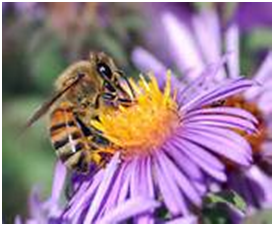ORGANIC CONTROL OF PESTS
INTRODUCTION
In our garden we have a large number of Pests which if not controlled can damage the plants resulting in poor flowering and harvest. A few examples of harmful pests
Chewers Most chewers are big enough to see easily. If there are holes in the leaves and fruit, ragged edges or pieces missing, look for caterpillars, beetles, weevils, grasshoppers, slugs and snails. If plants are wilting or falling over, look for root-eating crickets, beetles, millipedes.
BENEFICIAL GARDEN CREATURES
Many beneficial insects are predators or parasites which eat up harmful insects. These are the Pest Police. Some are pollinators which fertilise plants so they can produce fruit. Without them, there would be no agriculture.
1. Everyone knows the ladybug, or ladybird*. Some ladybugs eat aphids, others prefer scale insects and mites. They are very effective at getting rid of pests. Ladybug larvae also prey on aphids. They are colourful and look fierce, so people often think they must be harmful to people or plants. Nothing could be less true.
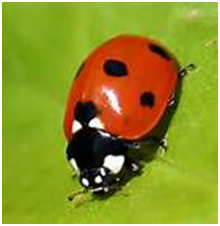
2. The praying mantis, with its folded legs in prayer position, is another well-known insect predator. Both adults and young lie in wait for insects that stray too close, then grab them with their modified front legs.
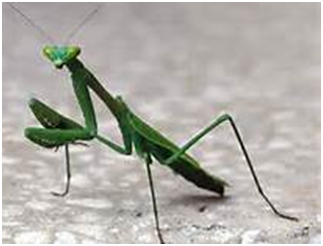
3. Assassin bugs are found in tropical countries. Most kinds have slender bodies and dull colours so they are not noticed. They have a curved "beak" which they use to pierce beetles, grasshoppers and caterpillars.
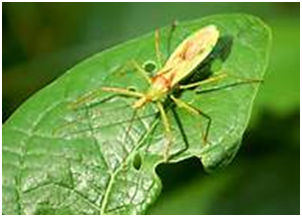
4. Ground beetles (e.g. Carab) are often found under logs and rubbish. Both larvae and adults feed on insects, slugs, snails, snail eggs and mites.
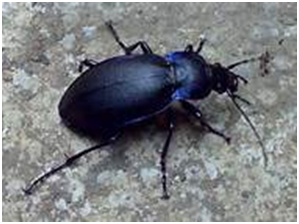
5. The Lacewing fly has green filigree wings and metallic eyes. Close up, the larvae are like miniature monsters. Both adults and larvae hunt for scale, aphids, mites, mealy bug, thrips and whitefly. The larvae eat up aphids at the rate of 60 per hour and sometimes stick the empty bodies on their bristles as camouflage!
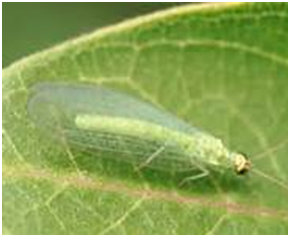
6. Soldier beetles or pirate bugs are slender, brownish red or yellowish, with long antennae. They are often seen on flowers, but both adults and larvae are carnivorous. Like their cousins fireflies and glowworms, they secrete a material which liquefies their prey. They have a "piercing-sucking beak" which they use to suck their victims dry. Each adult pirate bug can eat 5 to 20 thrips larvae per day.
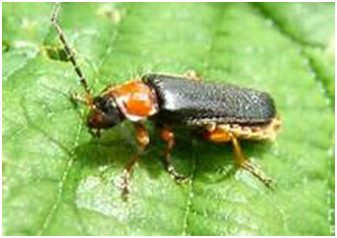
7. Hoverflies or robber flies are a large and useful family. Some fat kinds look like bees; others with narrow waists mimic wasps. They hover in mid-air and dart in to get pollen or nectar from flowers. Their larvae prey on aphids - one larva may eat 900 aphids! The adults are more effective predators than ladybugs.
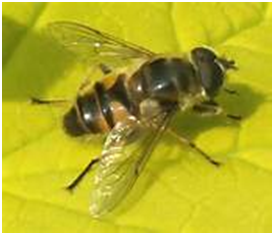
7.Centipedes feed on slugs, snails (and their eggs), mites and insets. Be careful! They can give a painful bite.
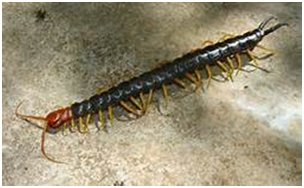
8. Spiders and scorpions are also dedicated hunters. Spiders use six eyes, eight legs, poisonous fangs and sticky, transparent webs to hunt on the ground or in the air. If you find their webs in your garden, leave them there!
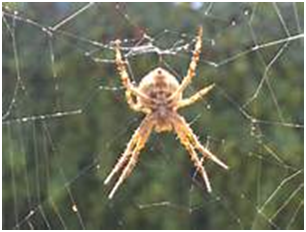
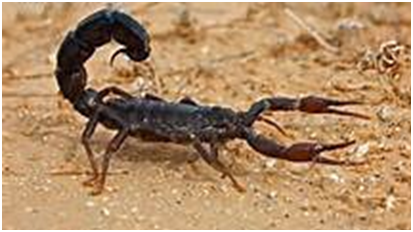
9. Many small wasps and flies are parasites on other insects. They are valuable allies. Tachinid flies, for example, lay their eggs on caterpillars. When they hatch, the fly maggots burrow through the caterpillar's skin and feed on it.

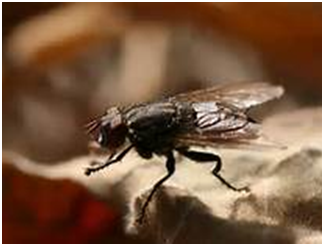
10. Pollinators Many insects pollinate flowers: wild bees, flower flies, butterflies. The best known is the honey bee, which also gives us honey and beeswax. Without pollinators there would be no citrus fruit, nuts, berries, coffee, melons, cucumbers, squash, or other fruits and vegetables. Without them, farmers could not grow crops.
